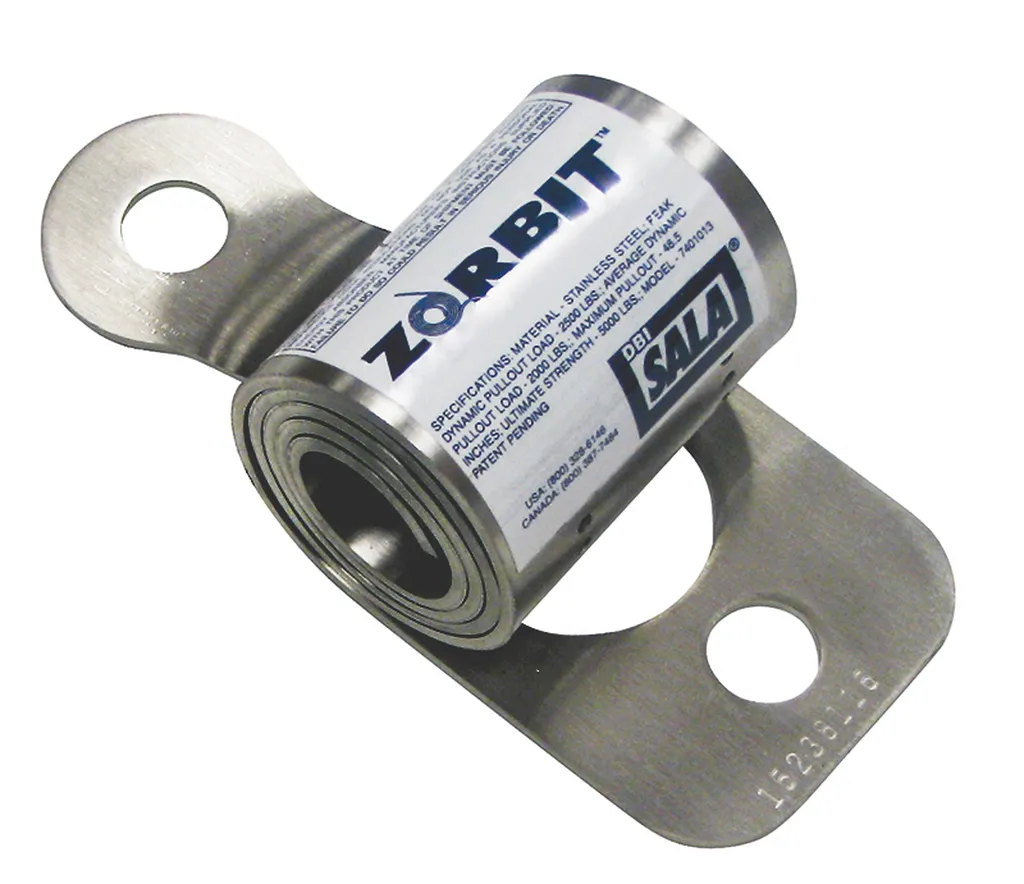In the relentless pursuit of safer and more efficient vehicles, a groundbreaking study led by Molla Asmare Lakew from the Department of Mechanical Engineering has unveiled a promising advancement in bumper beam design. Published in the *Journal of Engineering* (translated from Arabic as “مجلة الهندسة”), the research explores a novel layered construction of steel and Sorbothane, a viscoelastic polymer, aiming to enhance crashworthiness and reduce mass.
Bumper beams, the unsung heroes of vehicle safety, are designed to absorb energy during low-velocity impacts, typically seen in frontal collisions. Traditional designs often rely on hollow steel beams filled with functionally graded foam. However, Lakew’s study introduces a layered steel and Sorbothane construction that promises significant improvements.
Through three-point bending impact simulations using Ansys LS-DYNA, the research team discovered that their design boasts a specific energy absorption (SEA) of 3.613 kJ/kg, a remarkable 27.76% increase compared to the existing design’s 2.828 kJ/kg. “This enhancement in energy absorption is a game-changer,” Lakew explains. “It means vehicles can be made safer without necessarily adding more weight, which is a critical factor in fuel efficiency and overall performance.”
The study delved into various aspects of the design, including the choice of stacking sequence, cross-section, and radius of curvature of the beam. The findings revealed that a hollow rectangular cross-section offers superior crashworthiness properties compared to the existing type and its modified versions. Moreover, the research highlighted that an increase in the radius of curvature leads to a decrease in SEA and an increase in stress, indicating that a straight beam performs better than a curved one.
The commercial implications of this research are substantial. As the automotive industry continues to prioritize safety and efficiency, the adoption of such innovative designs could lead to lighter, safer vehicles. This, in turn, could drive down fuel consumption and reduce emissions, aligning with global efforts to combat climate change.
Lakew’s work not only pushes the boundaries of current bumper beam technology but also sets the stage for future developments in vehicle safety. As the automotive industry evolves, the integration of advanced materials and innovative designs will be crucial in meeting the demands of a safer, more sustainable future.
The study, published in the *Journal of Engineering*, serves as a testament to the power of interdisciplinary research and the potential it holds for transforming the automotive industry. As we look ahead, the insights gained from this research could pave the way for a new era of vehicle safety and efficiency.

